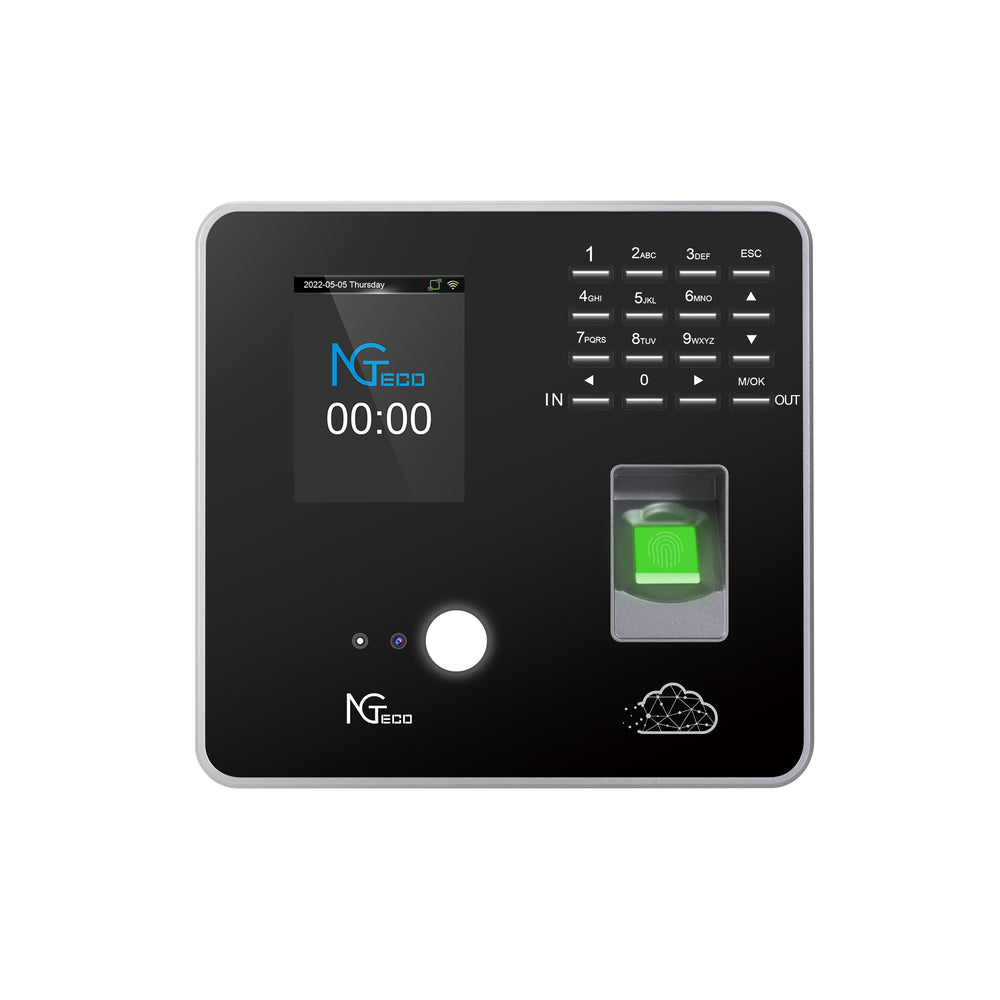Unlock the Secrets of Effortless Time Tracking: Discover the Magic of Web-Based Time Card Systems!
Time tracking has become an essential aspect of modern workplaces, playing a pivotal role in managing productivity and ensuring fair compensation. Gone are the days when employees would manually fill out time cards, risking inaccuracies and time theft. The shift from traditional time card systems to web-based solutions has revolutionized how organizations handle timekeeping. Web-based time card systems offer a streamlined approach that enhances efficiency, accuracy, and employee accountability. By embracing this technology, businesses can not only simplify their payroll processes but also cultivate a culture of transparency and trust.

Understanding Web-Based Time Card Systems
Web-based time card systems are digital platforms that allow employees to clock in and out from any device with internet access. Unlike traditional timekeeping methods, which often rely on punch clocks or paper forms, web-based systems integrate technology to provide real-time data tracking and management. This means employees can log their hours from a computer, tablet, or smartphone, making it incredibly accessible for remote workers or those in the field. The ease of use is further enhanced by intuitive interfaces that require minimal training, allowing organizations to implement these systems with little disruption to daily operations.
Key Features of Web-Based Time Card Systems
One of the standout features of web-based time card systems is real-time tracking, which enables both employees and managers to monitor hours worked instantly. This feature not only improves accuracy but also prevents disputes over hours worked. Additionally, many systems automate payroll processes, eliminating the need for manual calculations and reducing the risk of errors. Integration with other software, such as project management tools and HR systems, is another critical aspect, allowing for seamless data sharing and reporting. Furthermore, mobile access ensures that employees can clock in and out on the go, which is especially beneficial for fieldwork or remote positions.
Benefits of Using Web-Based Time Card Systems
The benefits of adopting a web-based time card system are significant for both employers and employees. For employers, the increased accuracy of time tracking directly translates to fairer payroll practices, minimizing the risk of overpayment or underpayment. Additionally, automating timekeeping reduces the administrative workload, freeing up valuable time for managers to focus on strategic initiatives rather than manual data entry. For employees, these systems enhance accountability, as they can easily track their hours and ensure they are compensated correctly. Moreover, the transparency that comes with digital timekeeping fosters trust between staff and management, creating a more harmonious workplace environment.
How Web-Based Time Card Systems Work
Using a web-based time card system typically involves a straightforward workflow. Employees log in to the platform and clock in at the start of their shift, which records their entry time. Throughout the day, they can clock out for breaks and then clock back in when they return. At the end of the pay period, the system generates detailed reports that summarize hours worked, overtime, and any discrepancies. User-friendly interfaces make it easy for employees to review their time entries and correct any mistakes before payroll is processed. This level of data management not only streamlines operations but also provides valuable insights into workforce productivity.
Choosing the Right Web-Based Time Card System
When selecting a web-based time card system, there are several key factors to consider. Scalability is crucial; as your business grows, your time tracking solution should be able to adapt to increased user numbers and additional features. User support is another important aspect—having access to reliable customer service can make a significant difference when issues arise. Lastly, security features must be robust to protect sensitive employee data from breaches. By carefully evaluating these elements, organizations can choose a system that meets their current needs while being flexible enough to accommodate future growth.
Enhancing Time Management with Web-Based Solutions
In summary, web-based time card systems represent a significant advancement in the way organizations manage time tracking. With their user-friendly interfaces, automated processes, and real-time tracking capabilities, these systems offer a range of benefits that enhance efficiency and productivity. By adopting a web-based time card system, businesses can ensure accurate payroll, reduce administrative burdens, and foster a culture of accountability among employees. If you're looking to improve your organization's time tracking methods, consider implementing a web-based system for a seamless transition into the future of time management.
